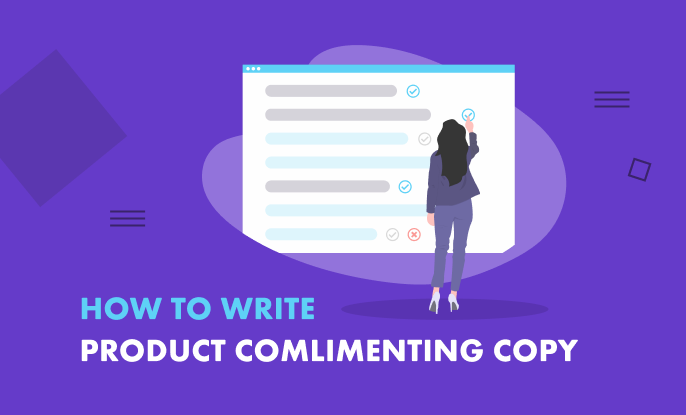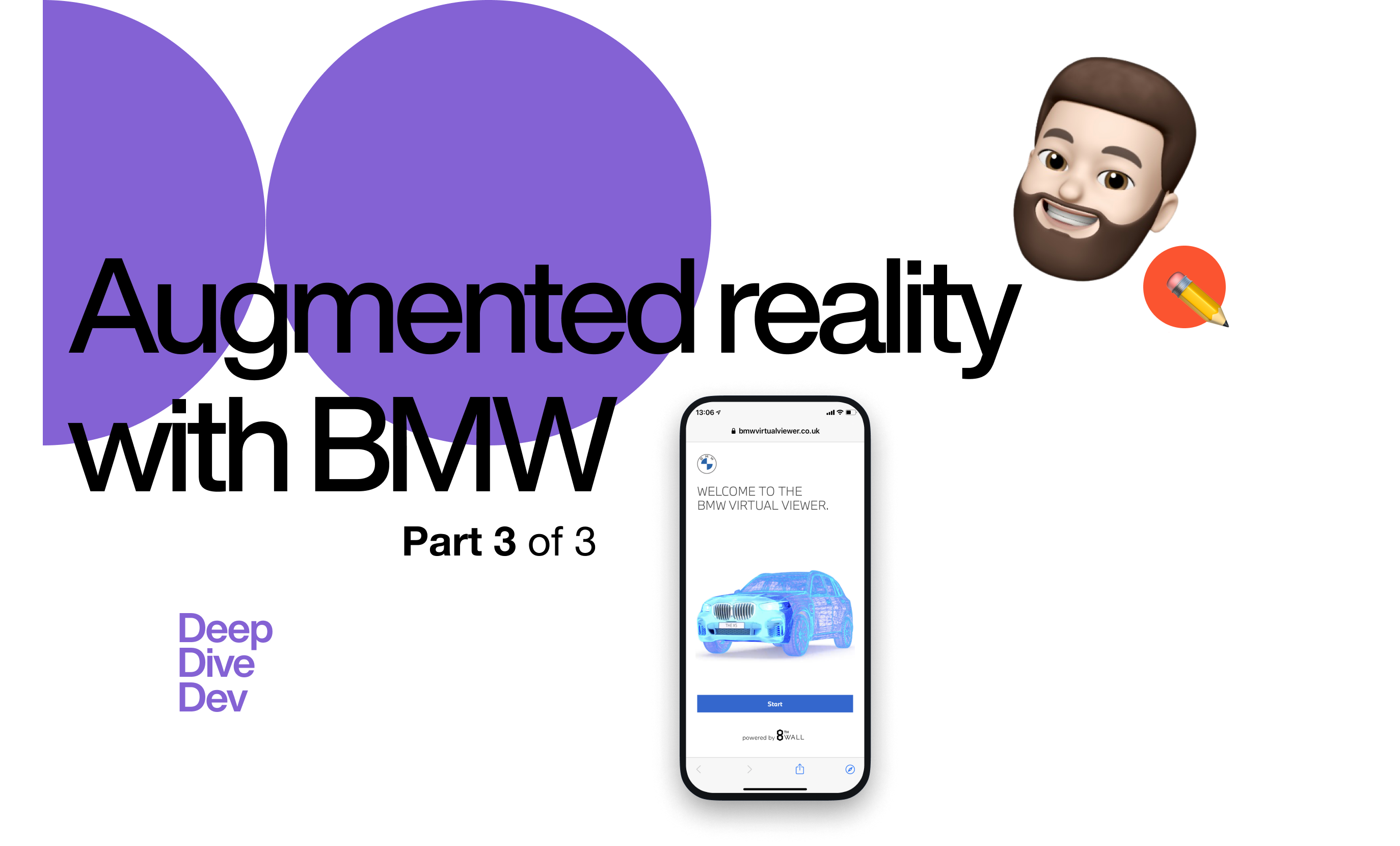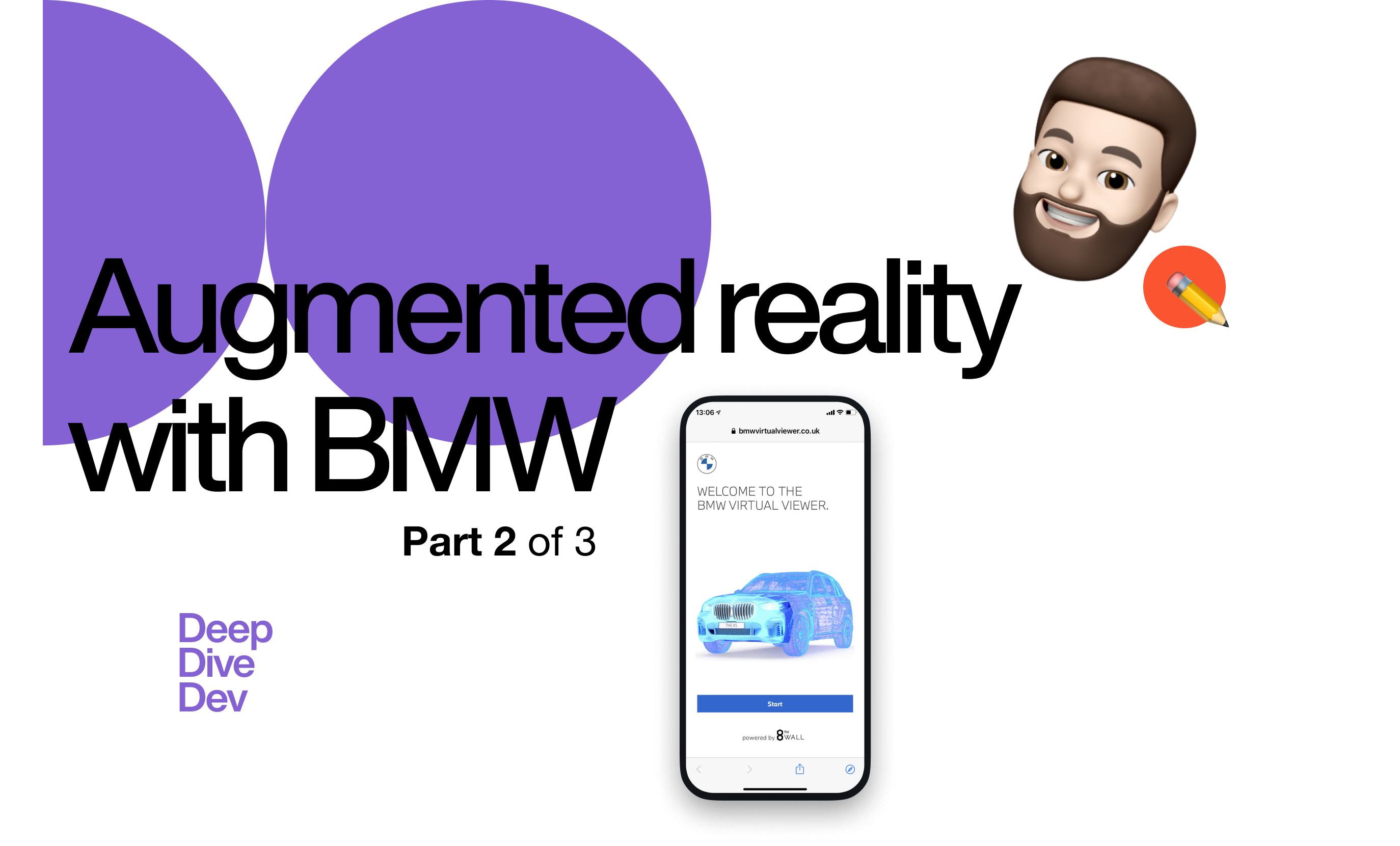Words are everywhere. On your website, blog, social media posts, product packaging, and in your ads. The words you choose will be a detrimental factor in whether or not your audience buys your new product. The purpose of your copy should be to persuade, engage, and inform.
But, as many copywriters will understand, copywriting isn’t simply stringing a bunch of words together. It’s about tactful writing, careful word selection, and understanding your audience, products, and company values. All these aspects should be kept in mind while crafting your copy.
Today, I’m going to give you some expert tips on how to write compelling copy that will compliment your brand new product.
Communicate The Point Of Your Product
This may seem like an obvious one, but how many ads have you seen that make little-to-know reference to a product, let alone describe what it does. This may work for big-time players but small-medium sized businesses won’t get away with a vague communication when it comes to their products.
Before you start writing your product copy, take the time to brainstorm the key messages you want to communicate with your audience. Get to know your product on a new level and fully articulate why someone would want to buy it.
Perhaps you’re selling a range of home furnishings. Think about the reasons why a customer would want to select items from your range above other companies’. Are they beautiful, luxurious, or made from high-quality fabrics? Are there specific details that make them stand out above competitors? Or, perhaps, your range is simply excellent value for money; good quality at a low cost.
Consider pain points and problem-solving. Consider fun, practical, or interesting aspects that make your product stand out from others in your industry.
Know Your Audience
Although the “everyone’s unique” philosophy works really well for some purposes, when you’re selling a product, it’s impossible to write to appeal to everyone. So, as copywriters and marketers, we group our key customers together to create a single customer persona. This will include personality traits, demographics, and interests that the bulk of your customers or target customers have in common.
We communicate in different ways with different people. Often, our tone, words, and overall body language alter according to who we are communicating with. For example, we may speak drastically differently to our elderly neighbour than we would with a lifelong friend or our children. We automatically adapt accordingly.
This principle is the same when communicating with your audience. Speaking to a teenage demographic interested in a new video game would require different terminology and communication methods than, for example, speaking to businessmen in their 60s.
Another point to note is that different demographics with different interests may generally be found on different online platforms. The teenage demographic may be found on YouTube, watching videos on up-and-coming videos games, whereas the businessmen may be found on LinkedIn. Therefore, advertising your new video game on LinkedIn could prove a waste of time and money, if your target audience isn’t even on there.
When you know your audience, you can communicate with them much more effectively, build rapport, and get your point across perfectly.
Have a Personality
Give your brand a personality of its own to match the personality of your audience. Be a human, not a robot. Make it likeable and compatible with the personality of your buyer persona.
Consider your company values and mission statements and incorporate them into your brand personality. Ask yourself questions such as:
- What makes us unique?
- Do we emphasise specific traits such as integrity, ambition, humour or kindness?
- Are we fun and laid-back or professional and corporate?
- What words can I use to enable the personality to shine through?
Back to the home furnishings example from earlier. After some buyer persona research I would discover that my target buyers were wealthy career women, mostly in their 40s. As I’m selling luxurious home furnishings, I will assume that these buyers have an interest in maintaining a beautiful home but perhaps don’t have as much time as they would like to do so because of their demanding careers.
If I were to incorporate a personality into my new range of products, I will attempt to match the personality of my target buyer. So, for example, I may use words like “lavish”, “grand”, “splendid”, “simplicity”. I would place myself in the shoes of the buyer and match my personality to theirs.
Drive Emotions
Emotions can be a core driver in your product marketing campaign. Emotions are a fantastic motivator for purchasing a product. Take your own shopping habits as an example. How often do you buy something out of wanting it rather than needing it?
When you purchase something because you want it, you are being governed by your emotions. There is an emotional connection attached to that product. Whether that’s nostalgia, vanity, FOMO, happiness, or the comfort of buying something you think will make your life that little bit easier, these are all emotion-based.
Consider an emotion you want to evoke with your product copy and use associated terminology to trigger emotions among your audience. For example, if I wanted to play on the feeling of vanity for my home furnishings example, I would use words like “beautiful” and phrases like “Add a touch of elegance”.
Or, if I were to drive the feeling of comfort, I would use words like cosy, homely, warm, or snuggly. I would aim to conjure images and feelings of the emotion I wanted to induce.
Don’t Forget Your Call-To-Action
A call-to-action is the thing that will prompt your audience to make a purchase or actively discover more about the product. Your audience needs to be gently guided to your pre-established point on the net, whether that’s your product landing page, a shopping cart, a blog post, or an email sign-up page. Tell your audience what you want them to do with a definitive call-to-action such as:
- Buy Now
- Learn More
- Sign-Up Here
- Take Me To It
- Give Us A Call
- Keep Me Up-To-Date
- Get Yours Here
If you’re not sure what call-to-action to use, try A/B testing different ones to learn what appeals most to your audience and yields the best results. You may, for example, decide to A/B test “Get Yours Here” and “Take me To It”. After completing your A/B test, you could find that “Get Yours Here” gets a considerably higher click-through rate than “Take Me To It”. You would then continue your campaign using the call-to-action that you learned derives the most results.
A Platform Fit For Copy
Last but not least, consider where you will be displaying your copy. As discussed briefly earlier, copy can be placed in a multitude of places such as your website, blog, social media posts, emails and ads. This doesn’t necessarily mean you have to start from scratch every time you write. For example, write one long blog post and use its information to create a newsletter and social media posts to complement it.
Next, ensure your product page is up-to-speed and can handle any increase in traffic. You can have the most fantastic copy in the world, but a very slow website or a broken link will completely diminish your writing efforts. After clicking on your call-to-action button, your audience will probably not wait around for 5 minutes to get to your product page.
If your website hosting plan can only handle 10,000 monthly visitors but after a successful campaign your number of monthly visitors increases to 15,000, your website is going to slow down. It will struggle to accommodate the increase in traffic. Check with your hosting provider to see how much traffic different servers – such as VPS, dedicated and shared – can handle and ensure you scale up accordingly as you go.
Equally, if you email prospective customers about your new product or are running an ad campaign, ensure you link to the product page and not the homepage. It’s all about making the transaction as smooth and simple as possible.
Practice Makes Perfect
I’m going with a cliche here but practice really does make perfect. The more you write for your brand and your audience, the more you’ll get to know what works and what doesn’t. In time, you’ll develop relationships with your customers and audience. It’ll be like speaking with a friend and fantastic, appealing copy will come more naturally.






Have a look at our social media